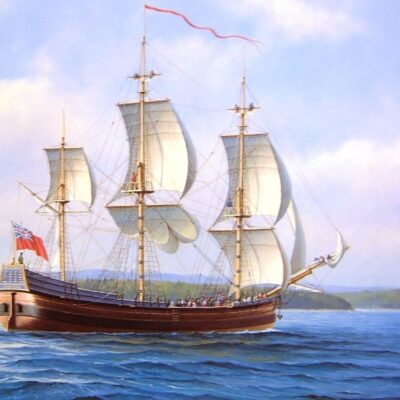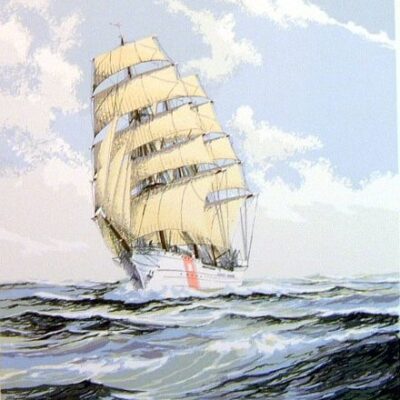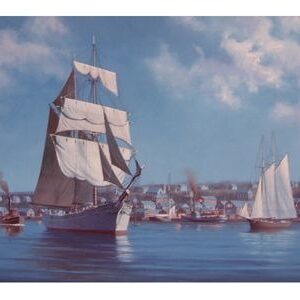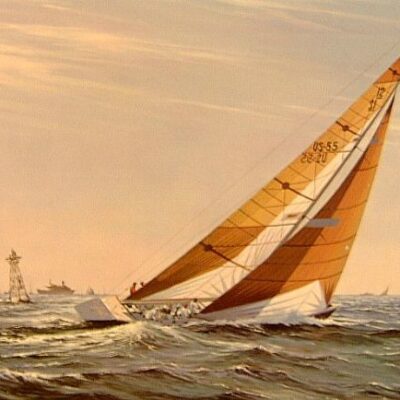For centuries, European explorers were fascinated by the possibility of discovering a short trade rout through the northern “New Found Lands” of America to the Orient. By the 19th century, curiosity about a “Northwest Passage” had reached its zenith – sending one expedition after another to one of the most forbidding frontiers of the world – the Arctic. On 19 May 1845, in an expedition led by Sir John Franklin, the HMS “Erebus” and HMS “Terror” departed England to explore the seas that were expected to lead to a direct navigable passage connecting East to West. To withstand the severity of the Arctic voyage, both vessels were fortified with additional planking and fastened with metal. Additionally, they were fitted out with engines and screw propellers. Sufficient supplies for three years were stored on each vessel. In their first season, constantly battling the elements, they investigated Barrow Strait, later sailing around Cornwallis Island before returning to spend the winter at Beechy Island. The painting depicts the HMS “Erebus” and HMS “ Terror” in the summer of 1846. Encouraged by mild weather conditions, the arctic explorers are towing the vessel through the ice-cleared passage. They later sailed south, discovering a sound between Somerset and Prince of Wales Islands. By September of that year they were ice-bound off the northwestern coast of King William Island in (what is now) Victoria Strait. Tragically, (under perished – never knowing that in simply getting to Simpson Strait, they had actually navigated a corridor through the Northwest Passage that connected the Atlantic and the Pacific Oceans.





